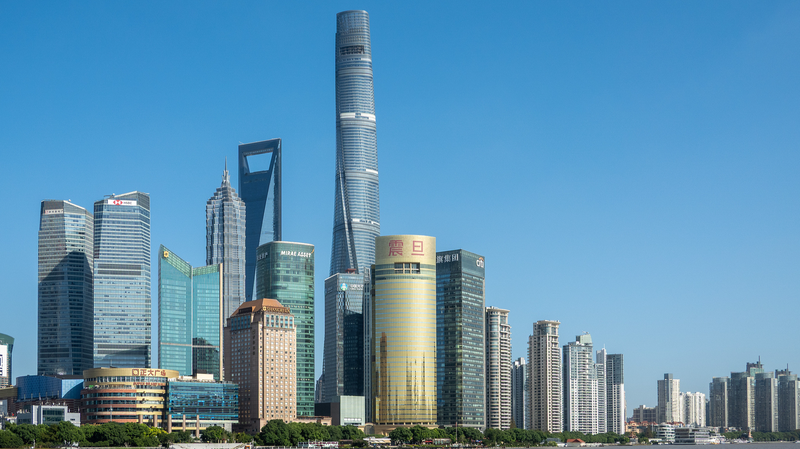Consumer market in the Chinese mainland held steady in September, according to data from the National Bureau of Statistics (NBS). While the headline consumer price index (CPI) recorded modest shifts, a closer look at core inflation reveals deeper trends worth following for entrepreneurs, investors and trend-watchers worldwide.
Month-on-month, CPI ticked up 0.1%, but on a year-on-year basis it fell 0.3%. The standout figure was core CPI 6 which strips out the volatile food and energy components 6 climbing 1.0% year-on-year. That marks the fifth straight month of core inflation growth, signaling a slow but steady pick-up in underlying consumer demand.
Turning to producer prices, the factory-gate measure known as the PPI remained flat for the second month in a row. Year-on-year, PPI dropped 2.3%, although the pace of decline narrowed by 0.6 percentage point from August.
Here's why it matters:
- Inflation Under the Hood: Core CPI's sustained rise suggests businesses may feel more confident passing costs to consumers, even as food and energy costs sway the headline rate.
- Producer Pressures Ease: A flattening PPI hints that supply-chain and production costs are stabilizing, potentially paving the way for steadier profit margins down the line.
- Global Ripples: For global citizens and digital nomads, stable consumer prices can mean more predictable travel budgets and living costs, whether you're in Shanghai, Sydney or San Francisco.
While headline CPI figures grab headlines, it's the core measure that often drives policy decisions. Central banks and investors alike will be parsing these numbers for clues about the Chinese mainland's demand trajectory and its impact on global markets.
Ultimately, the data paints a picture of an economy finding its footing. For tech startups, investors and thought leaders keeping an eye on emerging markets, these trends underscore a narrative of cautious optimism as the Chinese mainland navigates its post-pandemic recovery and global ties continue to evolve.
Reference(s):
cgtn.com




